|
By Dr. Mark Kovacs, PhD, FACSM Human Performance Strategist, Wellness and Longevity Expert Jet lag isn’t just an inconvenience. For high performers, it's a scientifically measurable form of biological disruption. It impairs physical performance, slows reaction time, clouds mental sharpness, and affects hormonal and metabolic health. As someone who’s coached Olympic champions, advised global business leaders, and spent the last two decades immersed in the science of performance, I know one thing: jet lag must be taken seriously if we want to maximize durability, healthspan, and elite function across the lifespan. I have worked in multiple sports, but the three that have some of the most difficult travel schedules and jet lag plays a real impact is professional tennis, the NBA (Basketball) and the MLB (Baseball). Professional tennis players travel more than 100,000 miles per year and have some of the longest flights across the globe. The NBA and MLB also have a grueling travel schedule requiring over 50,000 miles per year and a lot of short trips with multiple circadian rhythm disruptions per week. In this article, we’ll break down:
 What Is Jet Lag? The Circadian Desynchrony Dilemma Jet lag is not just “feeling tired.” It’s a physiological mismatch between your internal circadian clock and the external time at your destination. Your body operates on a roughly 24-hour rhythm governed by the suprachiasmatic nucleus (SCN), which is a small region in the hypothalamus that synchronizes functions like sleep-wake cycles, hormone secretion, metabolism, and core body temperature. It is made up of 10,000 neurons and has a major impact on jet lag. I describe this as our bodies circadian clock. When you rapidly cross multiple time zones, your internal circadian rhythm becomes misaligned with local time. This leads to:
Research shows the circadian system adapts better travelling east vs travelling west (Arendt, 2009). Some data has shown that if you do not put together a structured plan, crossing 6 time zones could impact your performance, health and enjoyment for 6-7 days (Arendt, 2009). Although some of the data shows that for each timezone crosses you may need 1 day for adjustment. So for a 6 hour time change you may need 6 days to fully adjust. This is assuming that you do not apply any of the strategies that we utilize to help individuals adjust. Why Jet Lag Matters for Durability and Healthspan Chronic disruption of circadian rhythms has been linked to:
Our goal with the work we do with elite individuals and companies is to build resilient, high-functioning humans across all time zones and a significant aspect of our work is helping these high achievers manage jet lag with the latest science in a practical way. What the Latest Science Says: Interventions That Work 1. Light Exposure Timing Light is the primary zeitgeber - an environmental cue that resets the circadian clock. Strategic exposure to natural or appropriate artificial light can shift your internal clock in the desired direction. Exposure to bright light in the morning helps advance the clock (ideal for eastward travel), while evening light delays it (ideal for westward travel). 💡 Application:
Here is one cost-effective and small 10,000 lux (sun mimicking) lamp that works great for travel or home use - https://verilux.com/collections/happylight-therapy-lamps/products/happylight-mini 2. Melatonin Supplementation Melatonin is the body’s “sleep hormone,” secreted by the pineal gland in response to darkness. Exogenous melatonin can shift circadian rhythms, especially when taken 4–6 hours before endogenous secretion begins. A systematic review in the reputable Coachrane Database confirms that low-dose melatonin (~0.5–3 mg) taken at local bedtime at the destination can accelerate adaptation and improve sleep onset (Herxheimer et al 2002). 💊 Potential Application:
3. Timed Exercise Exercise itself is a circadian cue. Moderate-intensity aerobic exercise in the morning advances the clock (east travel), while evening exercise delays it (west travel). Exercise timing significantly influenced how fast elite athletes adapted to transmeridian travel. This supports its role as a non-pharmacological intervention to shift rhythms (Thomas et al. 2020). 🏃 Application:
4. Sleep Banking and Strategic Napping Travel-induced sleep debt is cumulative. Preemptively increasing total sleep time—called sleep banking—can blunt jet lag effects. Strategic naps (15–30 min) can also restore alertness.Also, pre-travel sleep extension improves alertness and performance post-travel, especially in athletes (Van Rensburg et al 2020). 😴 Application:
Caffeine is a double-edged sword. It can be very useful when timed correctly but disruptive if overused at the wrong time. Research shows it can improve alertness during circadian low points, but timing is critical. In an in-depth review article by Halson et al (2019) caffeine taken at local morning (after red-eye flights) improved cognitive alertness and mood. ☕ Application:
 6. Meal Timing and Nutrition Your liver, gut, and pancreas all operate on circadian rhythms. Eating at inconsistent or inappropriate times can confuse peripheral clocks and exacerbate jet lag. Fasting during travel and resuming meals at destination time may help resynchronize clocks, according to animal models and limited human trials. 🍽️ Application:
 Technology and Innovation: A number of technologies are available to help with the flight to improve sleep (if it is an overnight flight) and to also improve blood flow to limit stiffness in joints and muscles as well. Sleep Aid Technologies It is an exciting time with the advancements in wearable technologies that can impact Jet Lag and specifically improving air travel and sleep. A few different options exist due to rapid development of quality products. One product that I use with many high performers is a neurotech headband that is clinically shown to help people fall asleep significantly faster, and restart sleep fast if they wake up (Bressler et al 2024). This is non-invasive and easy to wear on the flight itself and also as a regular sleep aid to help individuals fall asleep faster in the new time zone (but is also great for regular sleep issues at home as well). I liked the product so much I became and advisor to them to help athletes and high performers in all industries get to sleep easier and get back to sleep faster if they awake during the night. Take a look here at Elemind - East vs. West Travel: What’s Harder to Adapt To? Eastward travel shortens the circadian day (you have to go to bed earlier), which is biologically harder than westward travel (lengthening the day). This explains why a 9-hour shift to Europe can feel worse than a similar trip to Asia. 🧭 Key Takeaway:
Protocols I Use With Athletes and Executives Based on two decades of experience with Olympic athletes, ATP/WTA players, NBA teams, MLB players and high-performing CEOs, here’s a practical framework I apply when helping individuals prepare for time zone shifts. Just remember that everyone is different and I spend a lot of time personalizing the recommendations for each individual based on genetics, blood work, travel schedule, environmental changes and individual preferences as well. ✈️ Pre-Flight (2–3 Days Before Travel):
🛬 In-Flight:
🌞 Post-Arrival (First 3 Days):
Technology and Tools That Help Here are evidence-supported tools I often recommend:
Final Thoughts: Travel Durability Is About Rhythm At its core, durability - the ability to perform at a high level for a long time - is intimately tied to rhythm. When we disrupt our internal rhythm through travel, we temporarily lose a degree of control over performance, health, and cognitive clarity. But we can reclaim it with the right strategies. The most durable people I’ve coached (on the court and in the boardroom) don’t just adapt quickly. They plan ahead. They prioritize recovery. And they understand that every cell in the body keeps time - we just need to give it the right cues. So the next time you travel, don’t wing it. Build a protocol, adjust your environment, and manage your body clock for sustained performance. References
0 Comments
By Dr. Mark Kovacs, PhD, FACSM, CSCS | Human Performance Strategist | www.mark-kovacs.com Surgery, whether it’s a scheduled orthopedic procedure or an unexpected intervention, places an extraordinary demand on the body. It sets off a chain reaction of metabolic, inflammatory, and immune responses that can significantly influence recovery trajectory. While modern surgical techniques continue to evolve, one critical and often underestimated factor in that recovery is nutrition. As a performance physiologist and healthspan specialist, I’ve worked closely with hundreds of top-tier athletes, executives, and high performers, many of whom faced surgical procedures as part of their journey. Through that experience, one of the most controllable aspects that lead to better outcome has become increasingly clear: strategic nutritional planning before and after surgery consistently leads to faster, stronger, and more complete recoveries. In this article, I’ll break down the most effective, evidence-based nutritional strategies to reduce complications, preserve lean muscle, minimize unnecessary inflammation, and accelerate tissue regeneration. Whether you're preparing for a meniscus repair, spinal fusion, ACL repair, shoulder labrum tear or a minor joint arthroscopy, your nutrition can be one of the most controllable, yet powerful, tools to support healing. As always, personalization is key. This information is for educational purposes only and every individual will have a different plan. Please always consult with your healthcare professionals and surgical team. The Impact of Surgery on the Body Surgery initiates a catabolic state marked by:
Prehabilitation: Nutrition Starts Before the Scalpel Just as athletes train before a competition, surgical candidates should prepare before the procedure. This process, known as prehabilitation, includes not only exercise and mindset but also strategic nutritional priming. Key Pre-Surgery Nutritional Goals:
Evidence-Based Pre-Surgical Recommendations
2. Carbohydrate Loading (When Appropriate) In certain circumstances, complex carbohydrates in the 24 hours before surgery can help reduce insulin resistance and blunt the catabolic response. Avoid refined sugars and prioritize whole grains, legumes, and starchy vegetables. 3. Immune-Supportive, Antioxidants, Polyphenols, Nutrients & Supplementation
4. Antioxidants and Polyphenols Include a variety of fruits, vegetables, green tea, and turmeric to support endogenous antioxidant defenses. 5. Probiotics and Gut Health A healthy gut microbiome may influence post-surgical infection risk and inflammation. Consider fermented foods or a high-quality probiotic supplement 1–2 weeks prior to surgery and then for the month following. Valuable to help protect the gut flora and immunity, even more valuable if you have taken antibiotics. A broad spectrum probiotic with at least 10 billion CFUs and multiple strains (e.g. Lactobacillius, Bifidobacterium). Post-Surgical Nutrition: Fueling Recovery and Regeneration Immediately after surgery, nutritional needs often increase, not decrease. Unfortunately, nausea, appetite suppression, hospital food, and sedation can all contribute to undernutrition—a major risk factor for complications. The First 72 Hours: Critical Window In the immediate post-op phase, the body requires:
Core Nutritional Strategies After Surgery 1. Protein & Collagen Support
2. Omega-3 Fatty Acids (EPA/DHA)
3. Anti-Inflammatory Nutrients
4. Vitamins and Minerals for Healing
5. Hydration and Electrolytes Fluid loss, anesthesia, and immobility can cause dehydration. Include:
6. Blood Sugar Control Post-surgical hyperglycemia can impair healing. Limit added sugars and refined carbs. Use fiber, protein, and healthy fats to maintain glycemic balance. 7. Probiotics and Prebiotics Surgical stress, antibiotics, and pain meds can damage gut health. Include:
Sample 1-Day Post-Surgery Nutrition Plan Not all surgeries are the same and not all individuals are the same. Therefore, it is important to not simply copy a post-surgery nutrition plan without guidance from a trained healthcare professional. The information is a sample of a real plan, but this was tailored to an individuals specific needs based on the type of surgery, age, return to activity goals, known blood work prior to the surgery etc. This is the nutritional information (without the supplementation). Breakfast:
If you are interested in getting more specific, here is an example of a supplement plan to go along with the nutritional plan. This was specifically for a professional athlete. Just remember that this is for educational purposes only and you should design your own nutritional and supplementation plan with your appropriate healthcare provider. Week Before Surgery: Prehabilitation Supplement Plan (Days –7 to 0) Supplement Week 1 (Immediate Recovery: Days 1–7) Goal: Control inflammation, support tissue repair, minimize catabolism, prevent infection. Weeks 2–4 (Rebuilding & Functional Recovery) Goal: Enhance tissue remodeling, optimize mobility, and support metabolic healing. Key Takeaways: Your Nutritional Checklist
Before Surgery:
Conclusion: Nutrition as a Tool for Durability Nutrition is not an afterthought—it’s a cornerstone of surgical resilience. Whether you're a high-performance athlete or a active adult looking to get back to the activities you love, your recovery trajectory will be shaped in large part by how well you nourish your body before and after the procedure. By integrating evidence-based nutritional strategies into your surgical plan, you can reduce complications, protect lean mass, enhance healing, and get back to doing what you love—sooner and stronger. For personalized guidance or to schedule a consult visit www.mark-kovacs.com References Braga, M., et al. (2021). Perioperative immunonutrition in surgical patients. Nutrition, 91-92, 111397. Gillis, C., & Carli, F. (2015). Promoting Perioperative Metabolic and Nutritional Care. Anesthesiology Clinics, 33(1), 73–91. Hirsch, K. R., Wolfe, R. R., & Ferrando, A. A. (2021). Pre- and Post-Surgical Nutrition for Preservation of Muscle Mass, Strength, and Functionality Following Orthopedic Surgery. Nutrients, 13(5), 1675. Li, X., et al. (2023). The role of nutrition in postoperative recovery. Nutrients, 15(4), 819. Weimann, A., et al. (2021). ESPEN guideline: Clinical nutrition in surgery. Clinical Nutrition, 40(7), 4745-47 |
AuthorDr. Mark Kovacs, PhD, FACSM is a globally recognized expert in human performance, longevity, healthspan, and sports science. A former professional athlete turned performance physiologist, Dr. Kovacs has trained world champions, Fortune 100 executives, and Olympic medalists. Dr. Kovacs has held some of the top roles with iconic brands across longevity, health, medical, wellness and sports. These include as VP of Health & Performance at Canyon Ranch (the largest resort wellness and healthcare company in the US), an executive at Pepsico/Gatorade, the head of Sport Science & Health in the NBA with the Cleveland Cavaliers and the United States Tennis Association (USTA). As a result he has been at the forefront of longevity and healthspan innovation for over two decades. He is a leading voice in longevity science, he bridges elite athletics with cutting-edge health optimization—helping high performers live younger, longer, and stronger. ArchivesCategories
All
|
|
© Mark Kovacs. All rights reserved. |

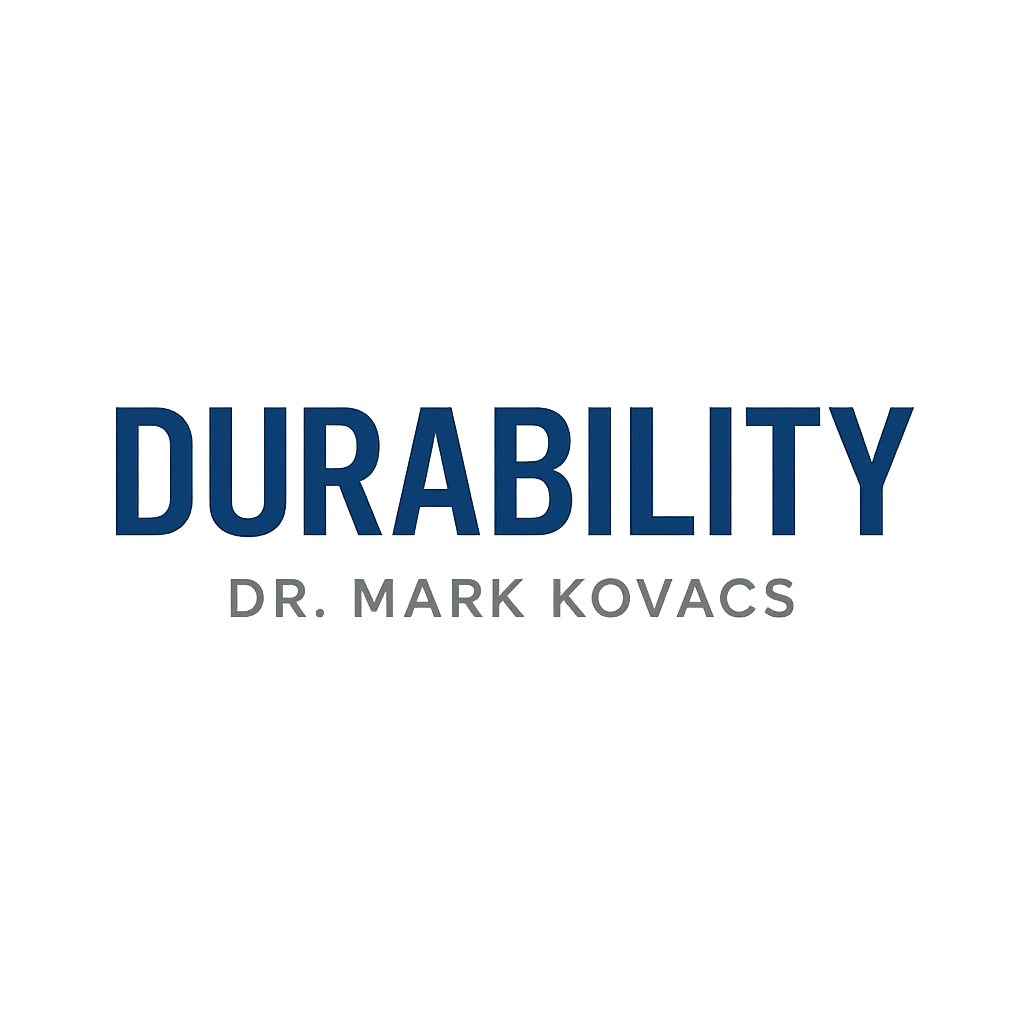
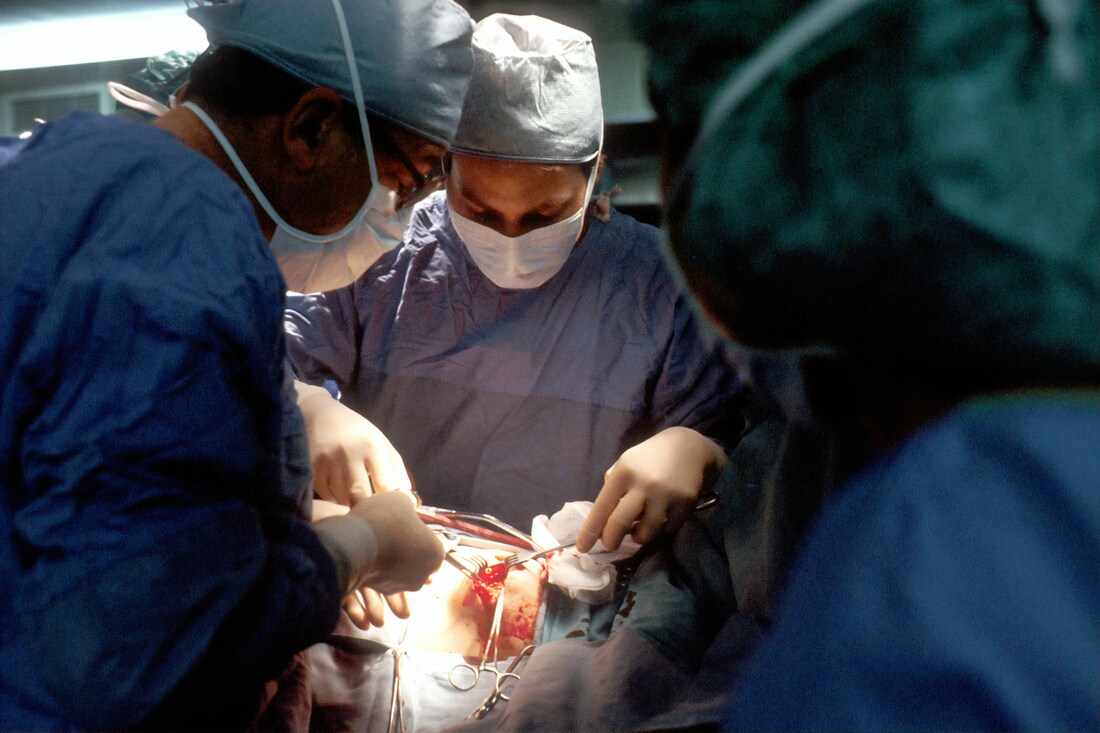
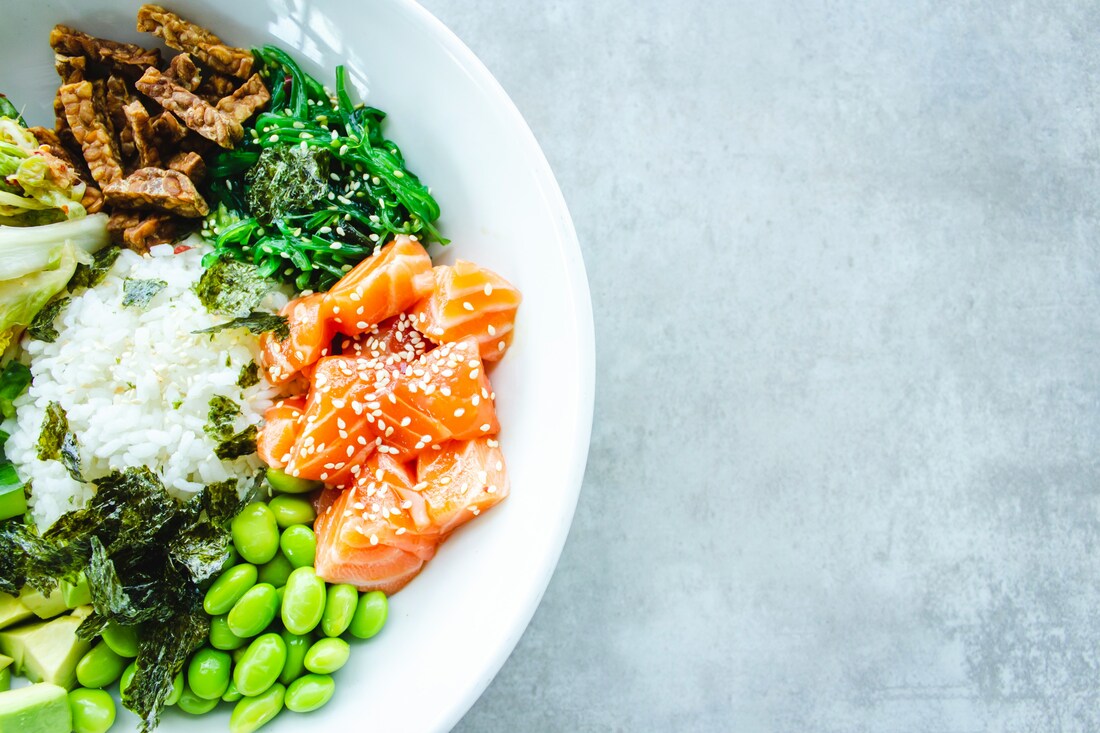
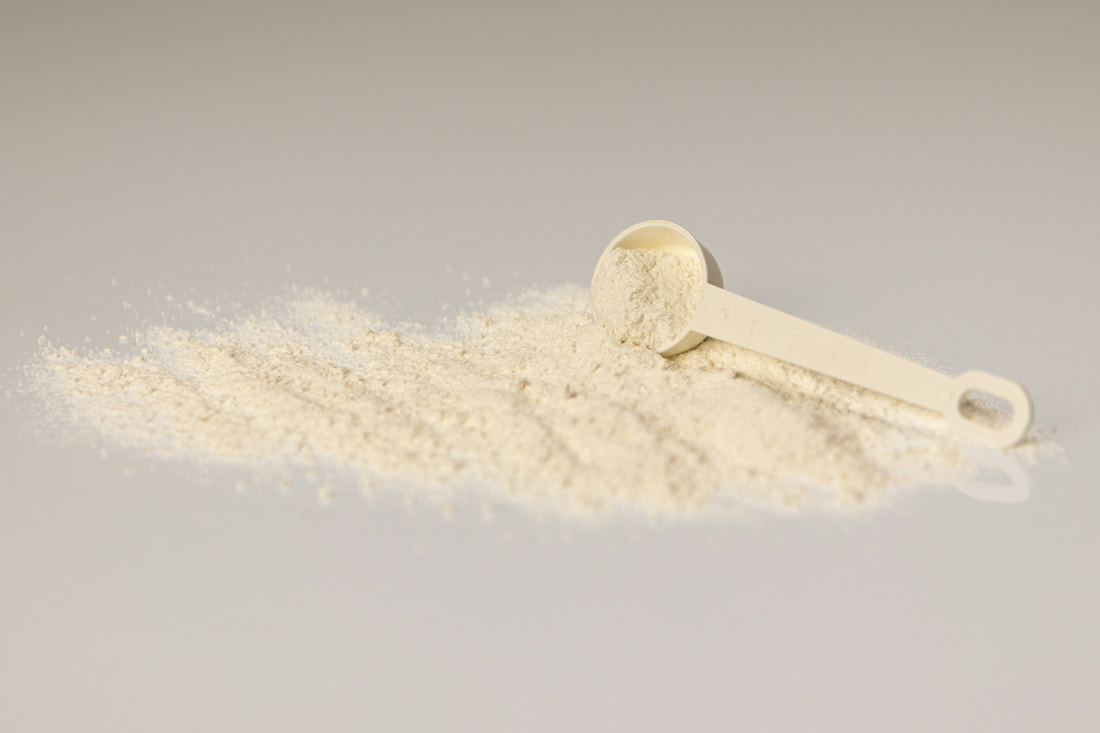
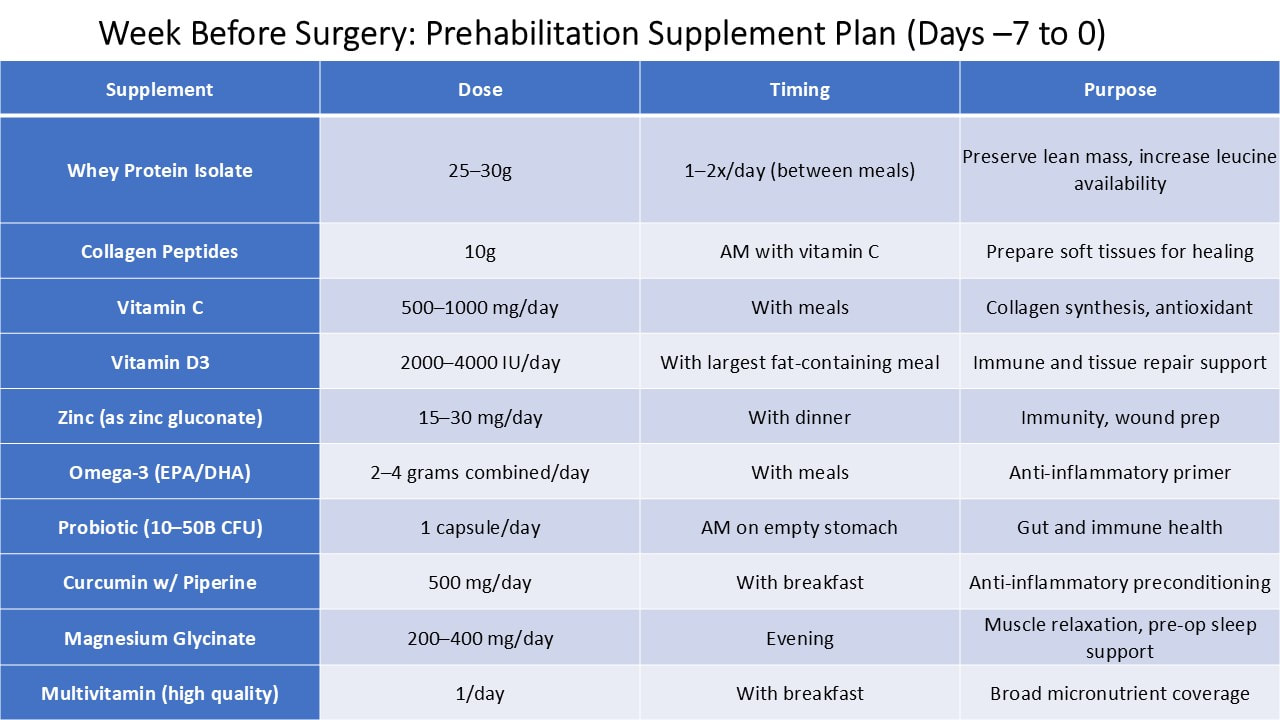
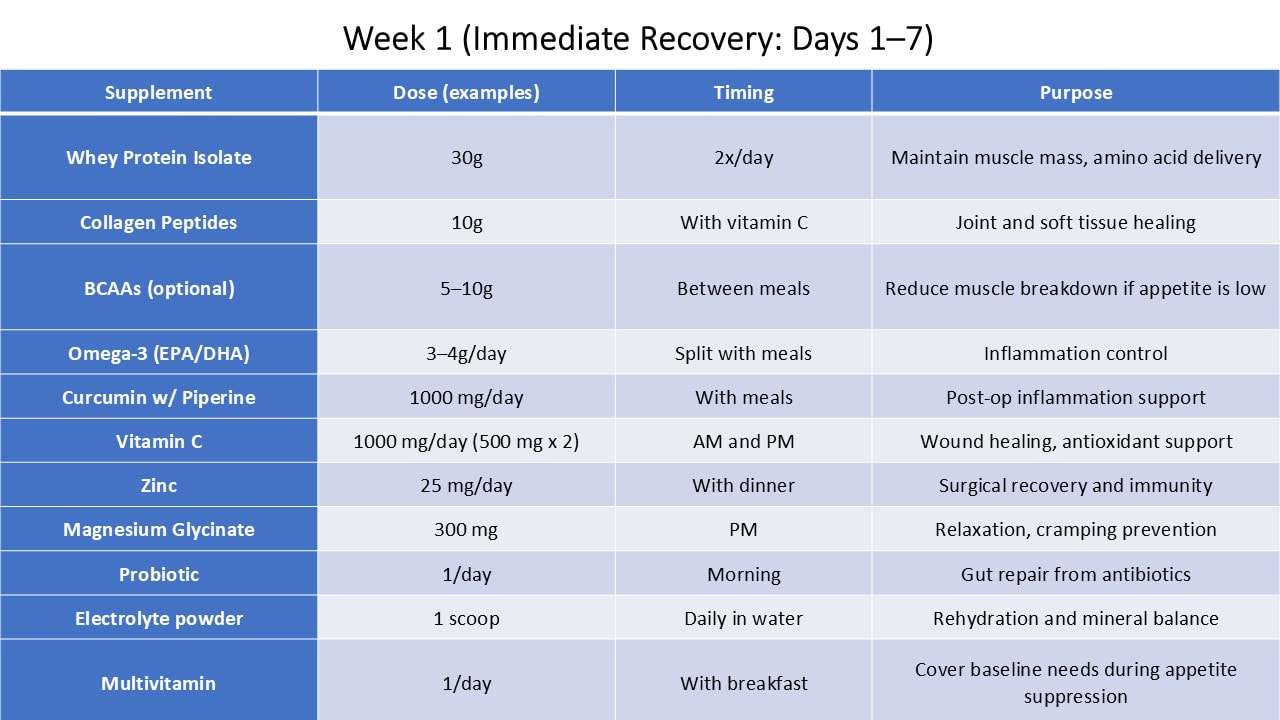
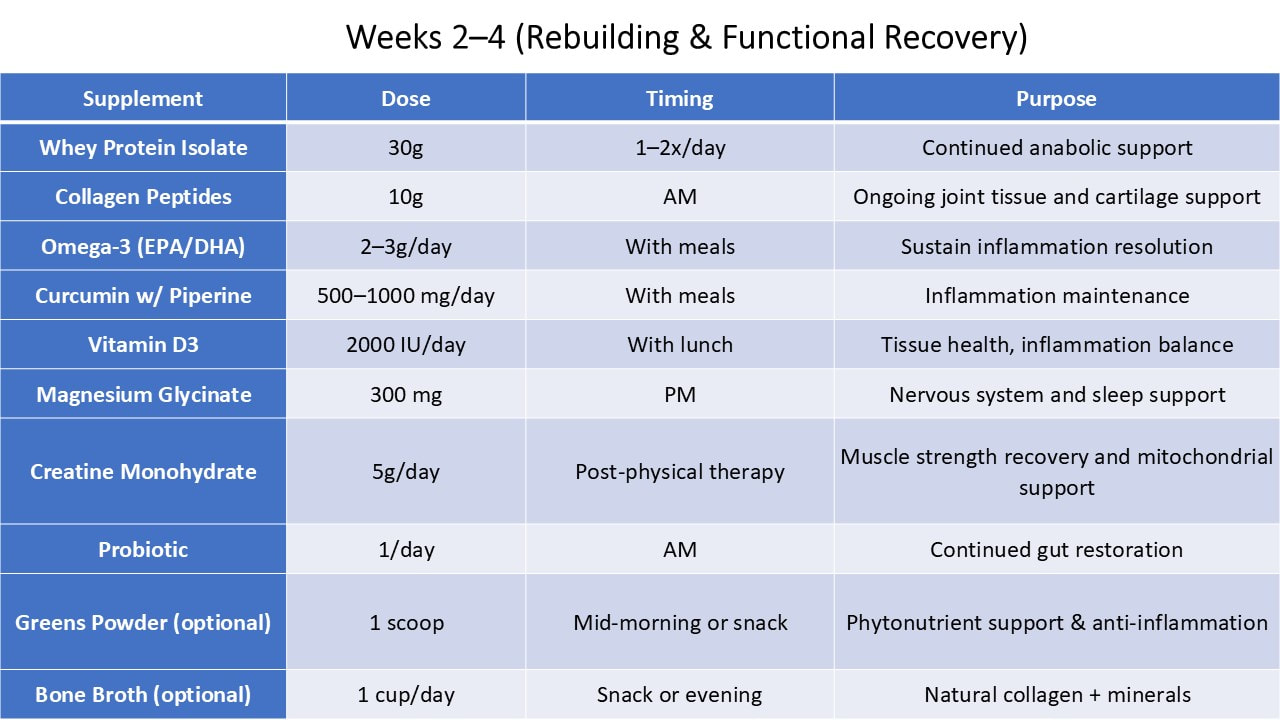
 RSS Feed
RSS Feed